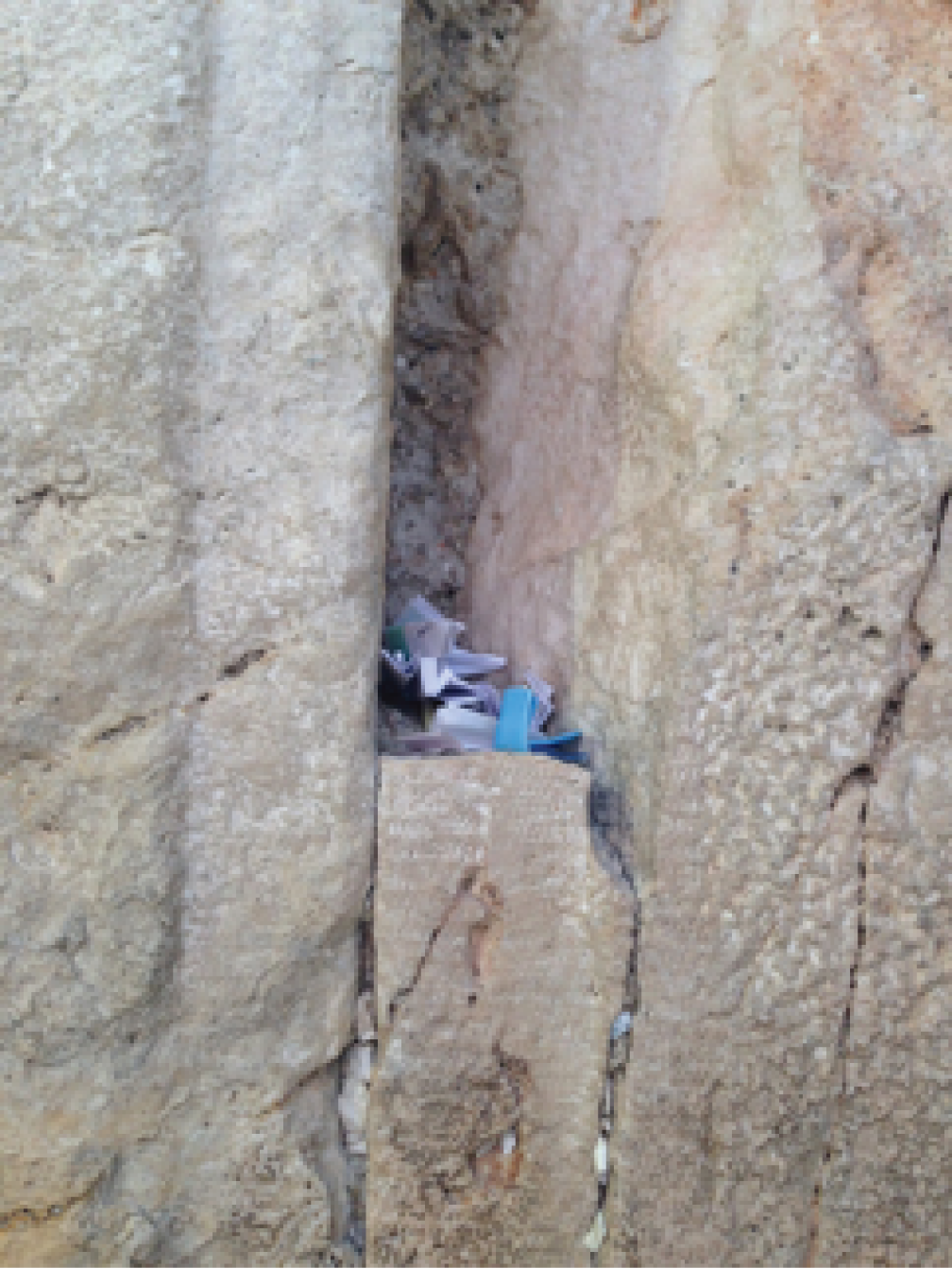 During a recent trip to Israel I had the privilege of walking the historic streets of Jerusalem during Passover.
During a recent trip to Israel I had the privilege of walking the historic streets of Jerusalem during Passover.
The layers of history, diversity and unresolved tensions that surround the ownership and control of this great city and its relics was overpowering. I was unable to enter the Temple Mount or Noble Sanctuary that day but was able to visit the Western Wall. Originally erected by Herod the Great, the 62 foot tall limestone retaining wall encloses a portion of the Temple Mount. According to Biblical text when King Solomon dedicated the First Jewish Temple God said His eyes and heart would always be in this place. The site of this historic Temple is now the location of the Al-Aqsa Mosque and the Dome of the Rock under the control of the Sunni Muslims. This is why for Jews the Western Wall is often referred to as the Place of Weeping or Wailing Wall.
The Western Wall is one of the most sacred places in the Jewish faith and remains a site for prayer and pilgrimage. Several million people visit the wall each year and many place written notes or prayers in its cracks. Those unable to make the trip can mail their prayers to others who will place them in the wall. When the notes fill the cracks they are removed by a Rabbi and are buried in the cemetery on the Mount of Olives. The prayers are buried because Jewish faith forbids the destruction of anything that bears the name of God. I have never witnessed a stronger collective yearning to connect — a yearning to connect with something beyond one’s control..
